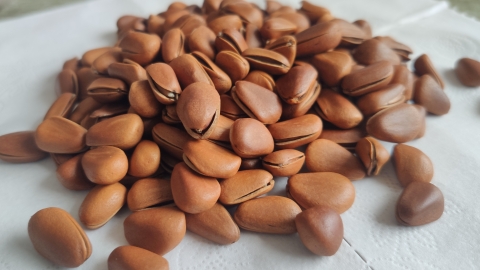Can patients with cholecystitis eat pine nuts?
In general, whether patients with cholecystitis can eat pine nuts depends on the stage of their condition. Pine nuts should be avoided during acute flare-ups, but may be consumed in small amounts during stable periods. The detailed explanation is as follows:

During an acute episode of cholecystitis, the gallbladder is in a state of congestion and swelling. Pine nuts are high in fat, and consuming them can stimulate gallbladder contraction, potentially worsening symptoms such as abdominal pain and nausea, or even triggering disease progression. Therefore, pine nuts must be strictly avoided during this phase.
During stable periods, gallbladder function gradually recovers, and consuming a small amount of pine nuts can help supplement nutrients such as unsaturated fatty acids and vitamin E. However, intake should be controlled—no more than 10 kernels per serving—and they should be thoroughly chewed to prevent excessive burden on the gallbladder. It's also important to choose plain, unflavored pine nuts without added ingredients to minimize irritation.
In daily care, patients with cholecystitis should maintain a light diet, prioritizing low-fat, easily digestible foods, and avoiding fried or spicy dishes. Eating regular meals and avoiding overeating are essential. Additionally, adequate rest, minimizing fatigue, and regular follow-up examinations can help maintain stable gallbladder function and reduce the risk of symptom recurrence.







